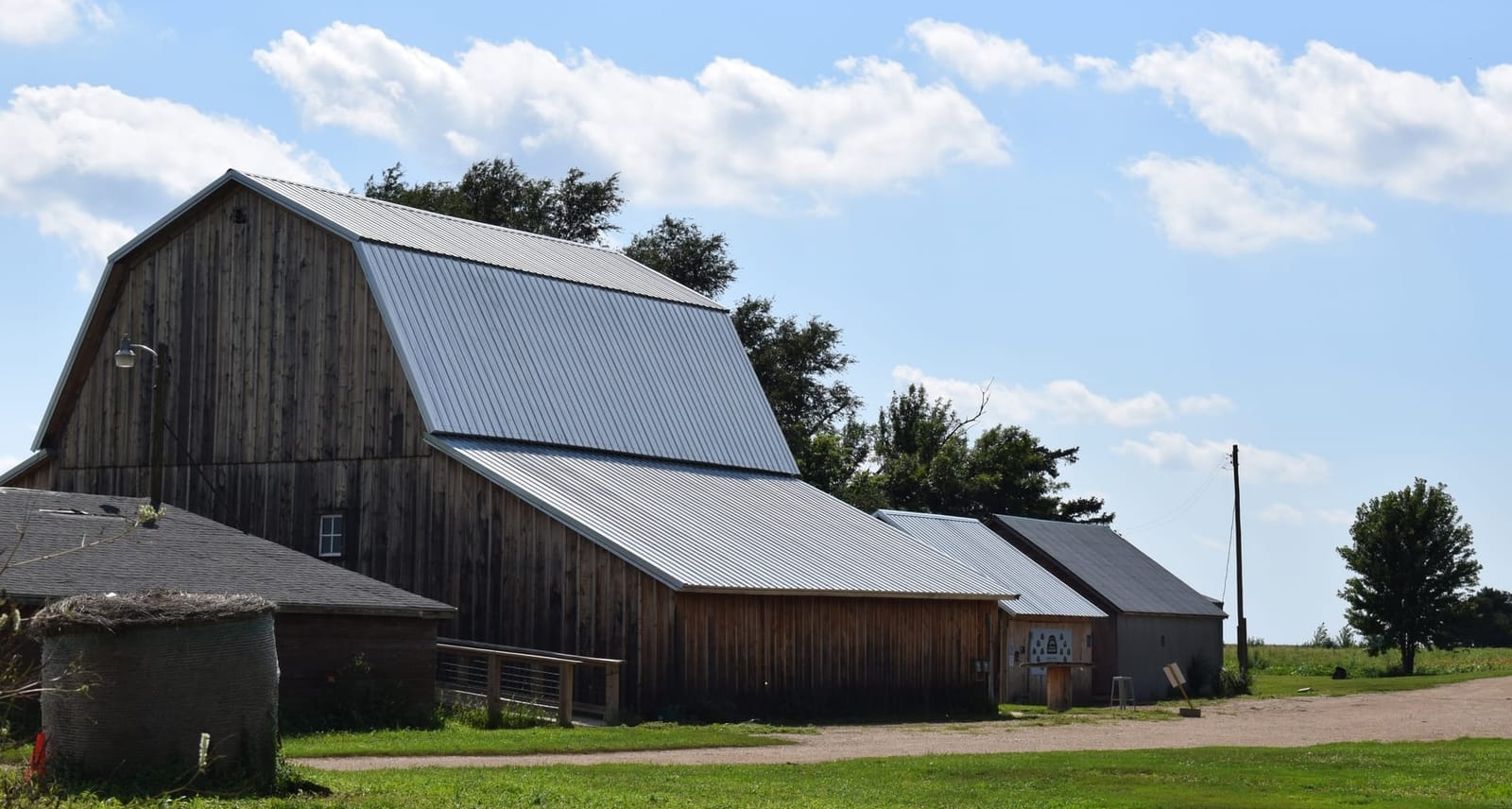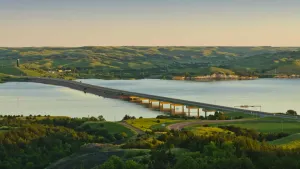LENNOX, S.D. – Just 20 minutes away from South Dakota’s biggest city is an unexpected oasis. Chickens and geese freely roam, goats bleat for treats and a traditional barn with a shining metal roof towers over the prairie. There, people gather every Friday and Sunday in the summer and eat farm-to-table pizza made in a wood-fire oven while enjoying the outdoors.
This is the Good Earth Farm outside of Lennox, and it represents a growing trend across the state of “agritourism,” which attracts visitors to farms and ranches to try everything from flower picking to farm tours.
Nancy Kirstein, who runs the farm with her husband, Jeff, bought the property in 2011. It started as a Community Supported Agriculture (CSA) program, where they sold the produce that they grew on the farm.

That, Kirstein said, didn’t give them the financial freedom to use the farm to its full potential, including the complete renovation of the barn that is now its centerpiece.
Her husband eventually had to return to work full-time and she worked part-time. But Kirstein knew that she wanted to continue working with the land and growing produce.
“That's really the very heart of it. You have a connection to the land and you want to preserve it and all of that stuff,” Kirstein said to News Watch. “But it doesn't pay the bills. So then you've got to figure out what does.”
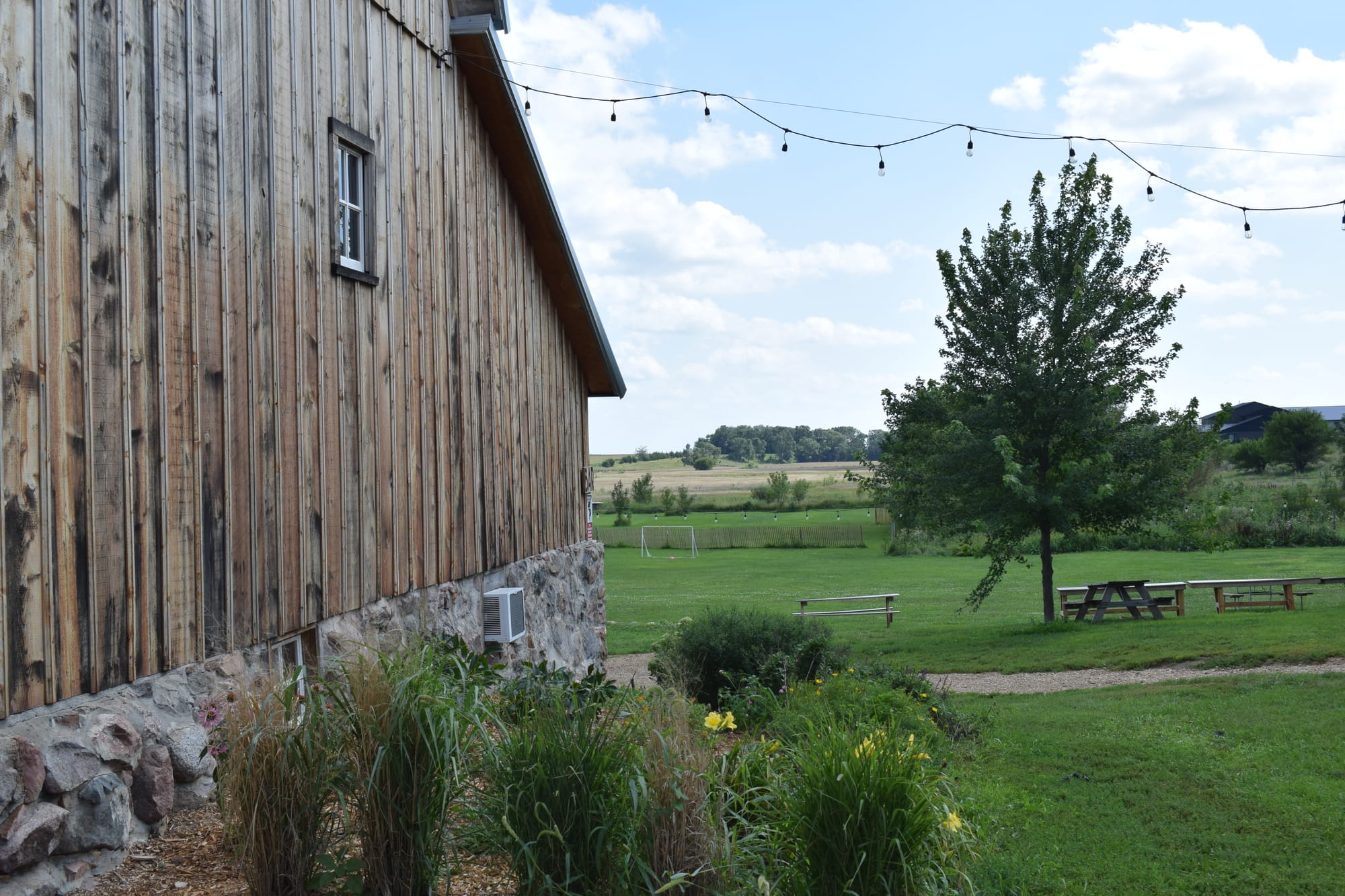
Kirstein joined the AgritourismSD program run by South Dakota State University Extension after beginning repairs on the barn in 2019. That program provides farmers and ranchers with resources and training to create successful agritourism ventures over the two-year program length. There, she honed her idea to serve food and drinks at the farm.
Now, the farm sees customers twice a week, hosts a Labor Day “Blood Run” event and has started to offer flower picking in its colorful zinnia patch. This month, Kirstein and the Good Earth team made a record number of pizzas in one night, with 237 on Aug. 24.
Visitor spending increases in rural communities across the state
Perhaps the most appealing facet of agritourism to many is its broad nature: everything from pumpkin patches to hunting lodges to wineries fall under the umbrella. And all have a place in rural South Dakota.
Tourism data from 2024 indicates that several counties in the state had a spike in visitor spending. Most of those are rural, including Ziebach and Turner counties and Potter County, which saw the largest percent change in spending growth in the state. It has a total population of about 2,500.
Kirstein said that the appeal of agritourism often comes from the peaceful, nostalgic nature of rural communities – and its relative novelty for city dwellers.
“I think we’re getting to the point where a lot of people used to have a connection to a farm, maybe from the parents or the grandparents, and remember being in that space. But there's not a lot of opportunity to be in those spaces anymore,” Kirstein said.
The South Dakota tourism and agriculture departments did not respond to requests for comment for this story.
Annual events draw nationwide visitors
The rise of agritourism isn’t limited to season- or year-long ventures, though.
Beth Simonson founded the Highmore Sunflower Festival in central South Dakota last year. The one-day event attracted more than 500 attendees on Aug. 16 this year from more than 11 states, she said.
“There was a couple from Louisiana this year. They saw something about sunflowers on public television and came to central South Dakota specifically to come to the sunflower festival," Simonson said to News Watch.
Highmore, which has a population of about 700, has seen significant impact from the festival, even in its infancy.
“All the vendors that were in the park did really well. I sold a ton of T-shirts. We had two food trucks and they were super busy. And even the grocery store had a ton of people come in," Simonson said.
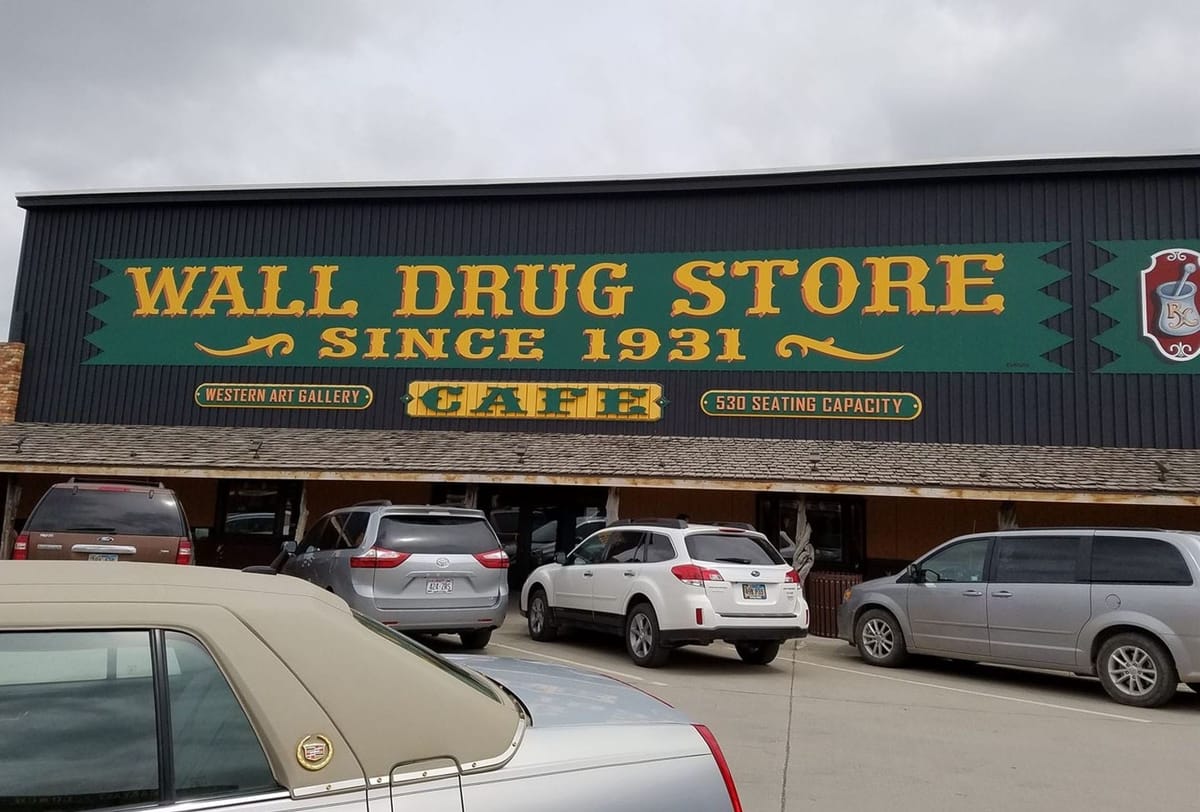
The festival was also a product of the AgritourismSD program, and Simonson started it as a way to highlight the hard work of farmers across the state who work on sunflower fields. She hopes the festival provides both education and engagement to those unfamiliar with the practice.
"You need to respect the producers. You know, don't go cutting the sunflowers. That's their livelihood," Simonson said. "That's my favorite part, is that we're educating people about our sunflower fields from all over the country. That's what I wanted to do from the beginning."
Support stories about rural South Dakota with a tax-deductible donation.
Both this year and last year, the festival received a grant from the South Dakota Department of Tourism through the Tourism Advertising Promotion (TAP) program, which allowed Simonson to promote the festival across the state.
That program will not be available next year, Simonson said, so she has begun to think about alternate ways to get the word out about the quickly-growing festival, including through social media and sponsorships.
"Now that we've done it and had success, I think we can go after some more sponsors because we can say, 'Look what we're doing. We brought people to South Dakota,'" Simonson said.
Zoning rules vary by county
But the fast-growing and ever-changing nature of agritourism has put some strain on the businesses as they develop.
Kirstein explained that differences in county-by-county planning and zoning ordinances make it difficult to understand what’s allowed and where – especially for those who may not be familiar with the rezoning process required to host events, serve food or provide tours.
In the case of the Good Earth Farm, struggles with planning and zoning caused significant stress for the Kirsteins.
“I’ve been in front of the zoning committee four times. We were once doing a big open house on Memorial Day weekend. We were going to have live music, they were going to be in the barn, and I got an email from the county saying, ‘You can't have people in your barn,’” Kirstein said.
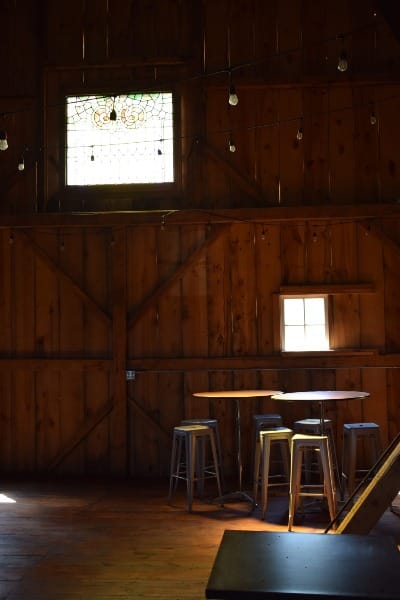
While neighboring Minnehaha County has a specific ordinance and permit process for agritourism, Lincoln County does not. That issue sparked a conversation in Lincoln County about how to zone for farms that use agritourism as a secondary form of income.
The permanent solution to the problem was eventually found in the form of a planned development zone, which allows farms to maintain their status as agricultural producers while engaging in other commercial activity. It's similar to a mixed-use development in urban areas, said Lincoln County planning director Toby Brown.
While farms in Lincoln County may now have a bit more clarity, Kirstein worries about other, smaller producers in counties without procedures in place to support agritourism.
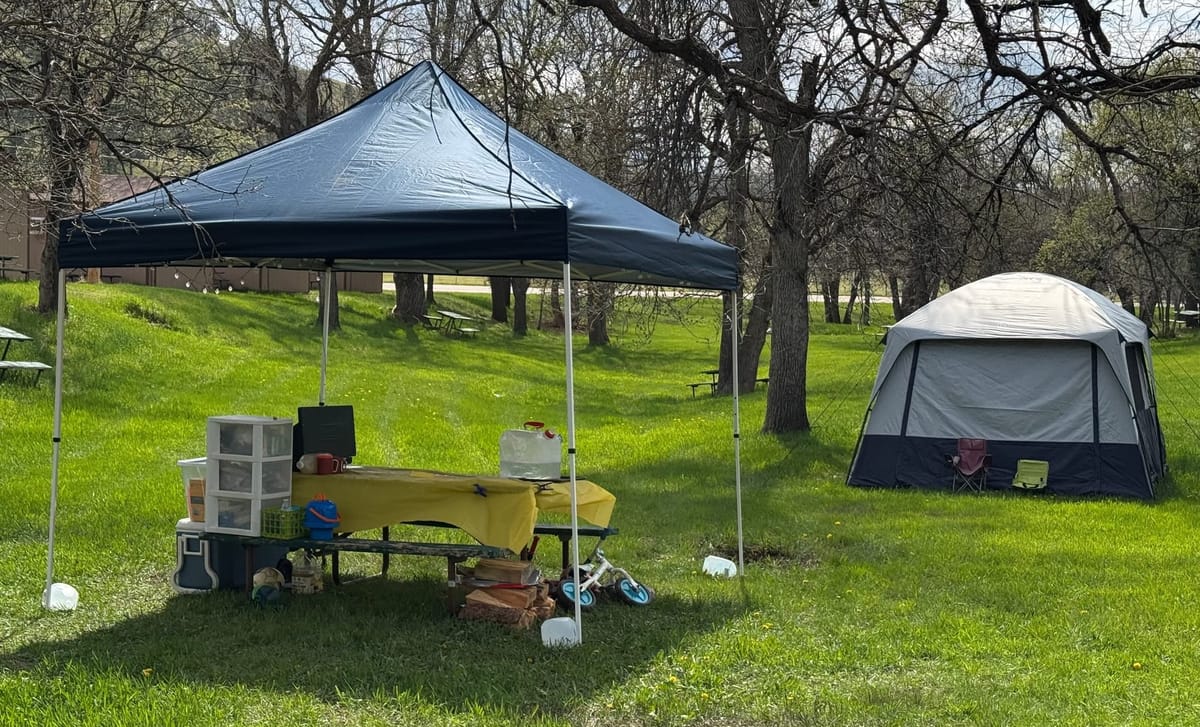
“There are other farms that do similar things but not to our scale, and it's mostly because they can't,” Kirstein said. “We were able to get there mostly through desperation and tenacity to say, 'No, we need this.'"
For Kirstein and Simonson, agritourism represents an opportunity to bring vitality to rural communities while also reminding visitors of the agriculture industry’s deep importance in the state, especially as growth in cities like Sioux Falls sparks national attention.
“Giving people this connection, being able to get people out into a space like this, helps them understand why we need to preserve spaces like this,” Kirstein said.
This story was produced by South Dakota News Watch, an independent, nonprofit organization. Read more stories and donate at sdnewswatch.org and sign up for an email for statewide stories. Investigative reporter Molly Wetsch is a Report for America corps member covering rural and Indigenous issues. Contact her at molly.wetsch@sdnewswatch.org.

